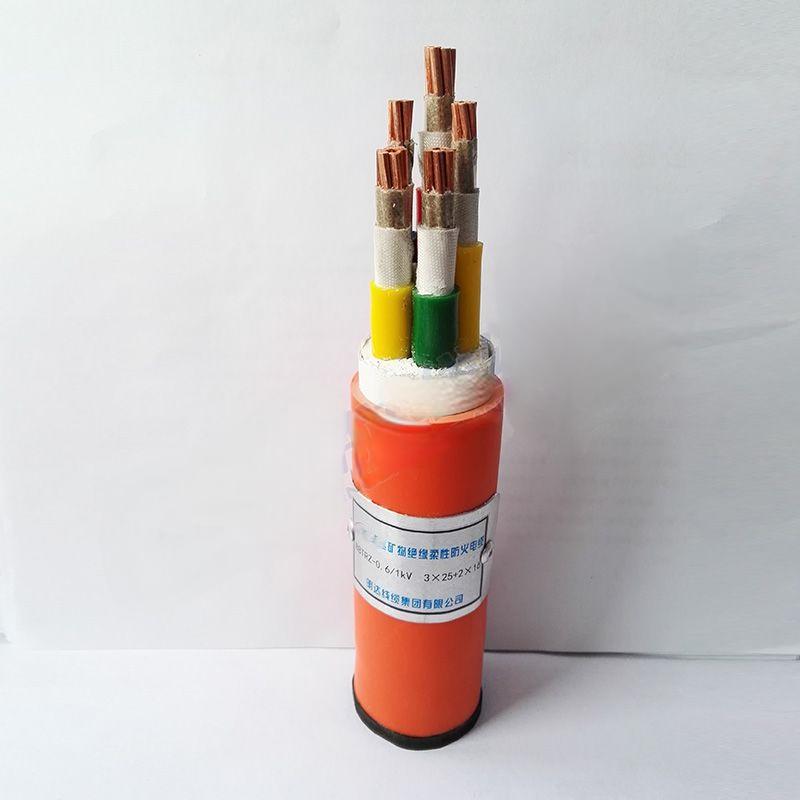9 月 . 19, 2024 08:42 Back to list
industrial ball valve
Understanding Industrial Ball Valves A Key Component in Fluid Control
Industrial ball valves are crucial components in various industries, playing a significant role in managing fluid flow efficiently and effectively. These valves are known for their simple yet reliable design, making them a preferred choice for many applications ranging from oil and gas to water treatment and chemical processing.
What is a Ball Valve?
A ball valve is a type of quarter-turn valve that uses a spherical disc, known as a ball, to regulate the flow of fluid through the valve. The ball has a hole, or port, through it, allowing fluid to flow freely when the valve is fully opened. When the valve is closed, the ball rotates to a position that prevents the fluid from passing, effectively sealing the flow path. This design enables quick opening and closing, typically with just a 90-degree turn of the handle.
Construction and Materials
Industrial ball valves are constructed from various materials, including stainless steel, carbon steel, brass, and plastic. The choice of material depends on the application, with factors such as temperature, pressure, and the type of fluid playing a crucial role. Stainless steel valves, for example, are highly corrosion-resistant and are often used in applications involving harsh chemicals, while brass valves may be used in less demanding environments.
The design of ball valves incorporates several key components, including the valve body, ball, seat, stem, and actuator. The body holds the internal components and connects the valve to the pipeline. The seat provides a sealing surface for the ball to create a tight closure, while the stem connects the handle or actuator to the ball, enabling easy operation.
Advantages of Ball Valves
industrial ball valve

1. Durability Industrial ball valves are engineered for robustness and longevity, able to withstand high pressures and temperatures. Their solid construction reduces the risk of leaks and failures, making them ideal for critical applications.
2. Low Flow Resistance The streamlined design of the ball allows for minimal flow resistance when the valve is open. This feature ensures efficient flow rates, which is essential in industrial processes where fluid dynamics play a vital role.
3. Quick Operation The quarter-turn operation of ball valves means that they can be opened or closed swiftly. This quick response time is especially beneficial in emergency situations where immediate action is required to control fluid flow.
4. Versatility Ball valves are versatile and can be used in various applications, including gas, liquid, and steam services. Their ability to handle different media types makes them a staple in industrial settings.
5. Ease of Maintenance Ball valves require minimal maintenance due to their simple design. Most issues can be resolved quickly, and replacement of parts, when necessary, is typically straightforward.
Conclusion
In summary, industrial ball valves are integral to fluid control systems, offering durability, efficiency, and ease of use. Their widespread applications across multiple industries highlight their importance in maintaining safe and efficient operations. Understanding the specifications and proper maintenance of ball valves ensures they function effectively, supporting critical processes in industrial environments. As industries continue to evolve, the demand for high-quality, reliable ball valves remains strong, solidifying their place as a cornerstone in fluid handling technology.
Share
-
Understanding the Differences Between Wafer Type Butterfly Valve and Lugged Butterfly ValveNewsOct.25,2024
-
The Efficiency of Wafer Type Butterfly Valve and Lugged Butterfly ValveNewsOct.25,2024
-
The Ultimate Guide to Industrial Swing Check Valve: Performance, Installation, and MaintenanceNewsOct.25,2024
-
Superior Performance with Industrial Swing Check Valve: The Essential Valve for Any SystemNewsOct.25,2024
-
Industrial Swing Check Valve: The Ideal Solution for Flow ControlNewsOct.25,2024
-
You Need to Know About Industrial Swing Check Valve: Functionality, Scope, and PerformanceNewsOct.25,2024